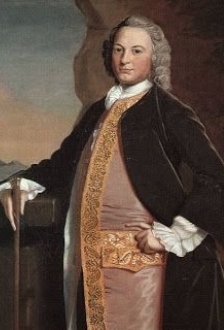1666: Year King Charles II of England copied French king Louis XIV by demanding that men in court wear waistcoats, trousers, and ties. Alas, creating the first "dress code." This is on my mind as I head out today to give a style seminar to a group of bankers on how to spruce up theirs.
Issuing a dress code was where the similarities to the French ended, as Charles specifically wanted to get away from "French fashions," placing out of favor the big wigs and red high heels popular at the time.
Instead, court would adopt what essentially became the three-piece suit: a long waistcoat to be worn with a knee-length coat and similar-length shirt (made of English wool, not French silk). The emphasis was on cloth and cut, not ruffles and accessories. One could argue that the English suiting tradition began here – concentrating on silhouette and quality of wool rather than colour or decoration. The outfit was finished off with a sash, stockings and buckled shoes. Over time the waistcoat became shorter and shorter, until by around 1790 it reached the length we recognize today. It has been sleeveless since the 1750s.

